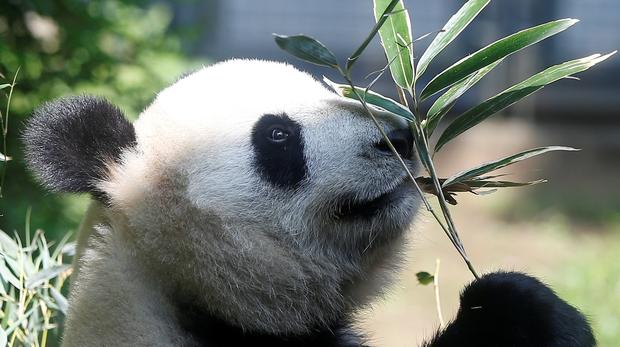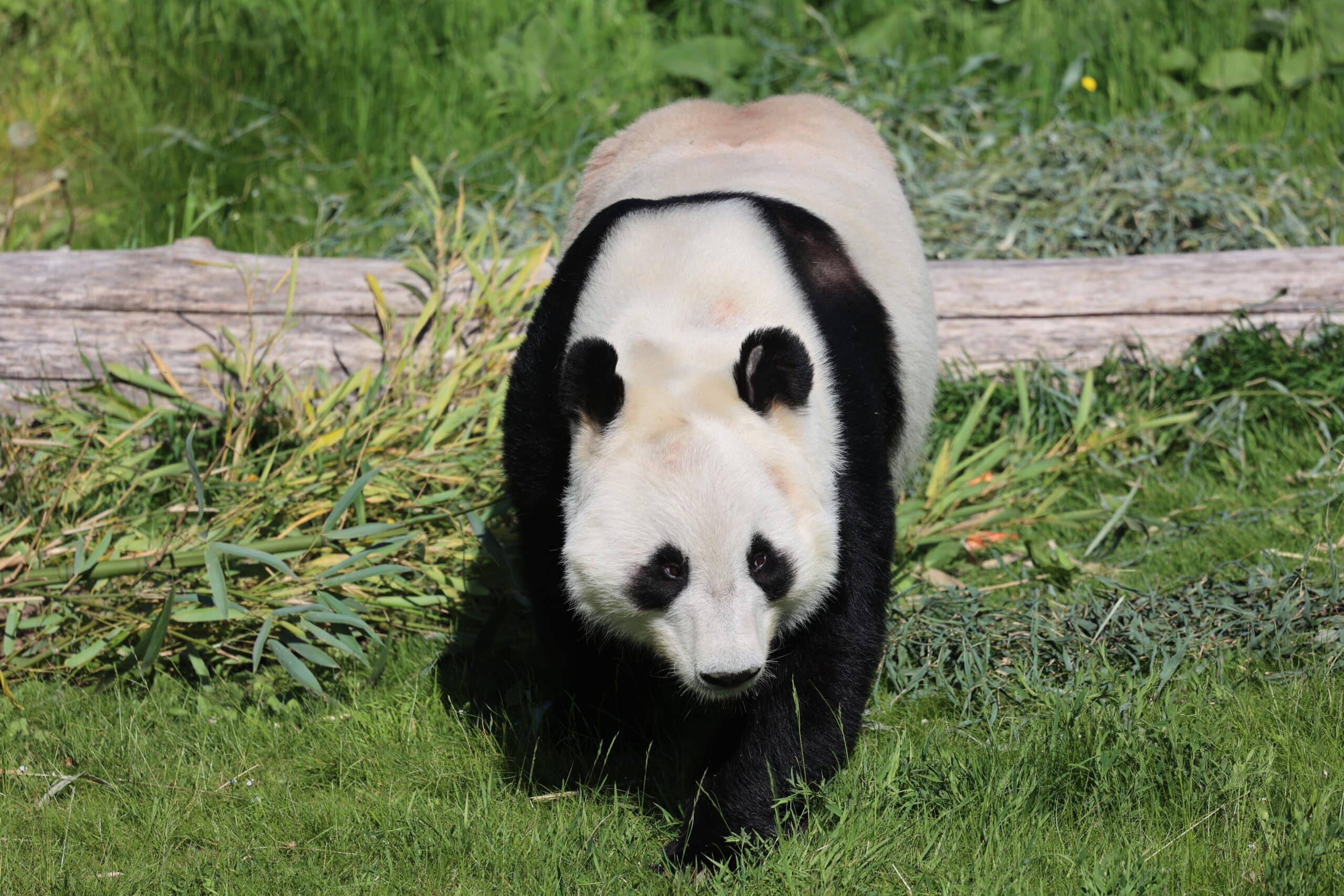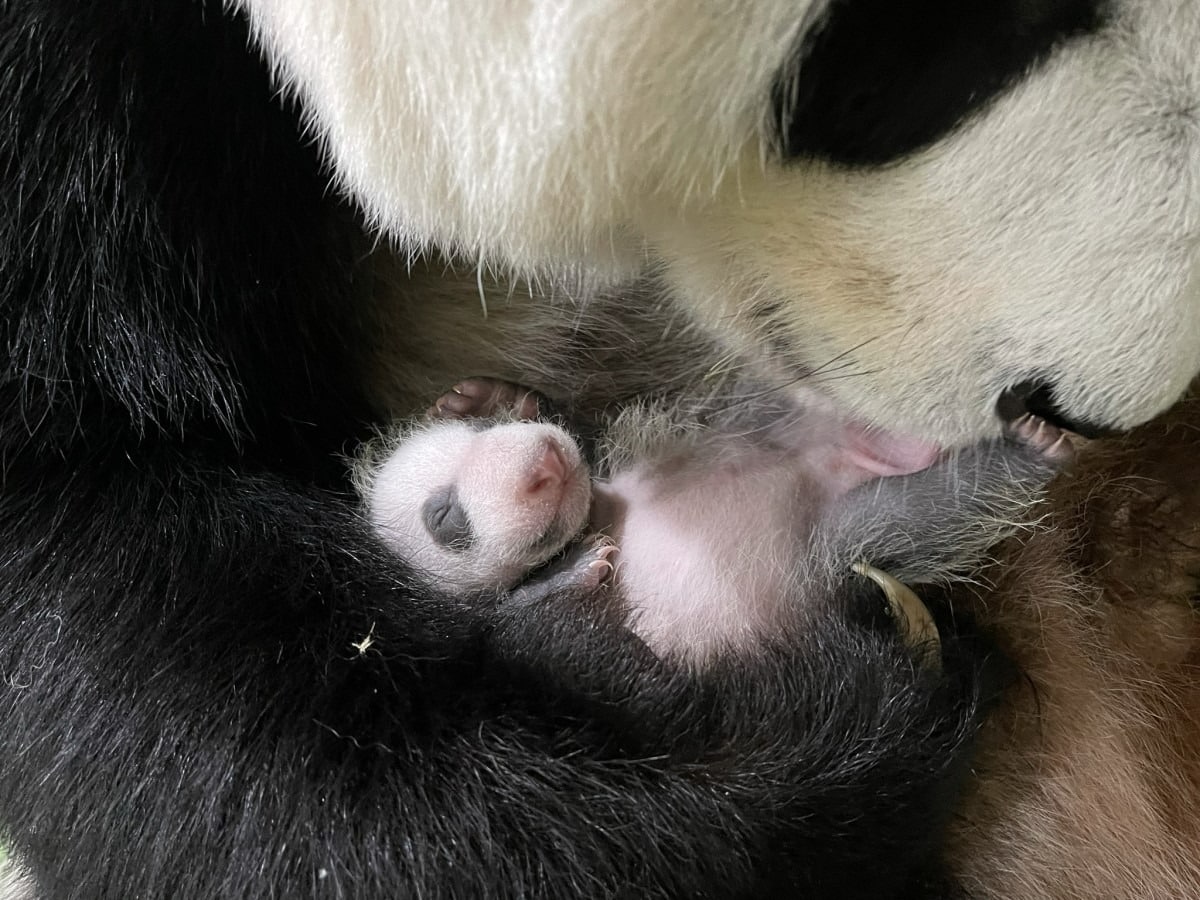China pledges a helping hand for conservation efforts
Killing a giant panda in China is punishable by death. But this extreme measure is only meted out in rare circumstances. Perpetrators of the crime usually receive a jail sentence of at least 10 years.
This law has been in place since 1987, yet poachers continue to hunt pandas for their pelts and meat.
But conservationists recently celebrated a small victory, and the Chinese government’s forestry ministry gave themselves a pat on the back, when the International Union for Conservation of Nature reported that the panda’s conservation status was downgraded from endangered to vulnerable.
This list is recognised for evaluating the conservation status of plant and animal species globally.
According to research magazine Asian Scientist, China’s 67 panda reserves and breeding bears in captivity have helped the animal’s population steadily increase by 17% in more than a decade. At the last panda census in 2015 there were 1850 pandas in the wild, and in the previous census 1600 animals were counted.
An official at China’s State Forestry Administration, Tiansong Li, said national and international media’s focus on the plight of species such as the giant panda, black bear and pangolin created awareness and helped efforts to bolster their dwindling numbers.
Rescue measures in the country were carried out for more than 200 species including the protection of 42 Siberian tigers, 250 Asian elephants, 300000 Tibetan antelope and 1549 crested ibis.
Social media also helped conservationists carry the message and tip-offs have helped authorities nab poachers.
Li said online efforts through Sina Weibo, China’s answer to Twitter, regarding illegal hunting and trade stoked growing public awareness and support.
While the government’s support helped the panda’s cause, China’s hankering for other animal parts such as rhino horns, elephant tusks, pangolin scales, tiger bones, sea-horse skeletons, bear bile and donkey hides are decimating these animal populations worldwide.
These parts are mostly used for traditional Chinese medicine and the appeal of decorative ivory art which dates back to bygone dynasties. China’s burgeoning middle class continues a penchant for strang animal-based concoctions. Perlemoen, an ocean mollusc, is believed to be a powerful aphrodisiac. Rhino horn, composed of keratin, akin to one’s nails, is purported to be good for blood circulation. Tiger-penis wine, going for more than R1000 a bottle, is believed to be good for libido.
But Li said China has renewed its efforts to save these endangered species and the country was a signatory of international treaties to prevent rhino horn from being sold across borders.
The government also made a payment of US$20 million for wildlife protection in Africa, as part of its aid to the continent, where the Chinese appetite for ivory and rhino horns has driven some species to the brink of extinction. Some animal rights activists argue this is a paltry sum considering illegal wildlife trade clocks much more a year, joining the ranks of the biggest crime rackets in the world, namely drugs, arms and human trafficking.
Last month the South African Constitutional Court made a final call on lifting the ban on rhino horn trade, a controversial decision that was met with mixed feelings. Game reserve owners, under the banner of Private Rhino Owner Association, welcomed the decision. They argue the trading of harvested rhino horns will do more to protect the animals and assist with the cost of its expensive upkeep and security.
But many conservationists believe this is a huge mistake and will increase the demand for horns.
What remains clear is that conservationists, animal rights activists and governments around the world need to use every weapon in their arsenal to fight this wildlife war to save these animals from being relegated to history.
Source: IOL










